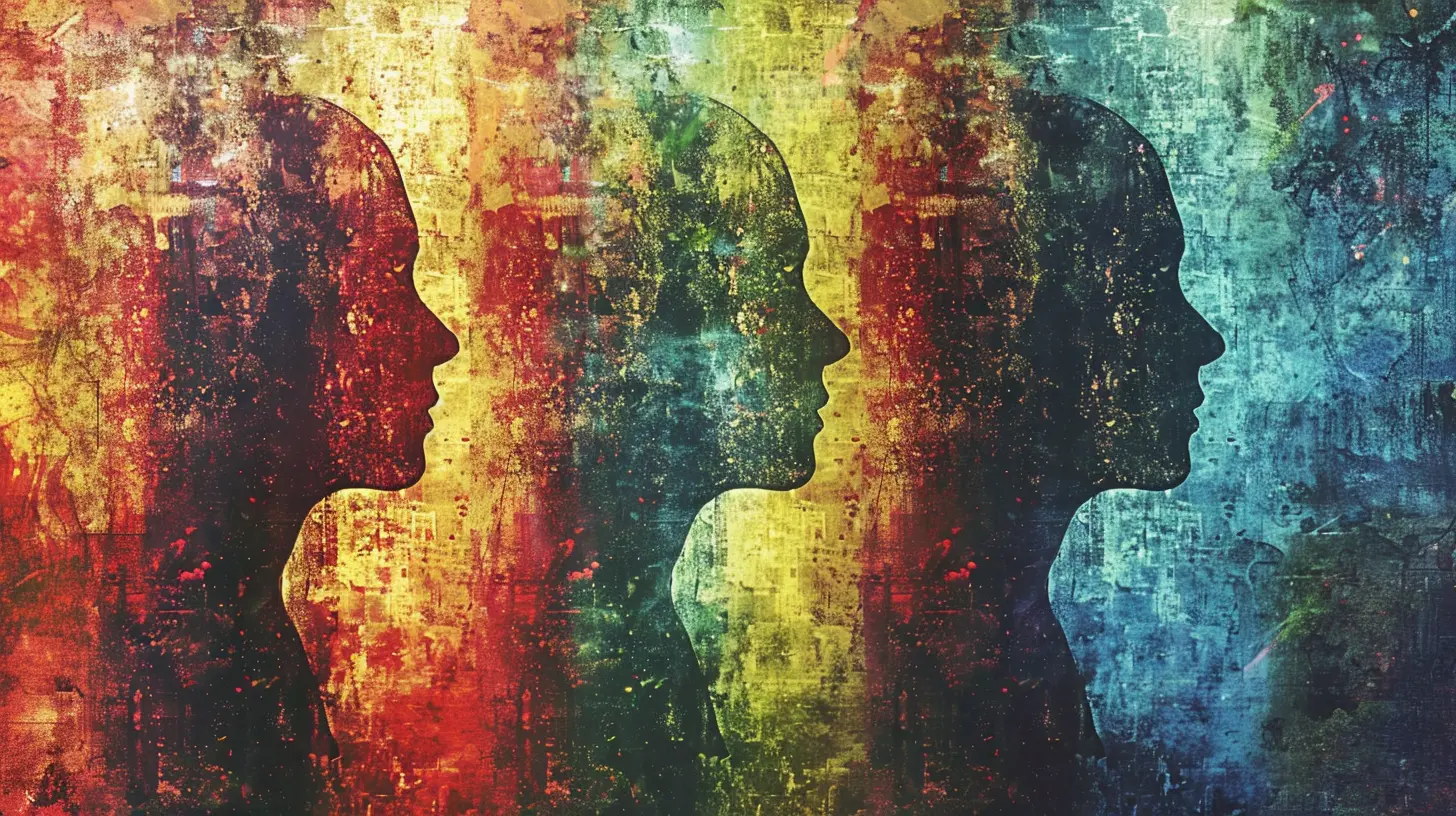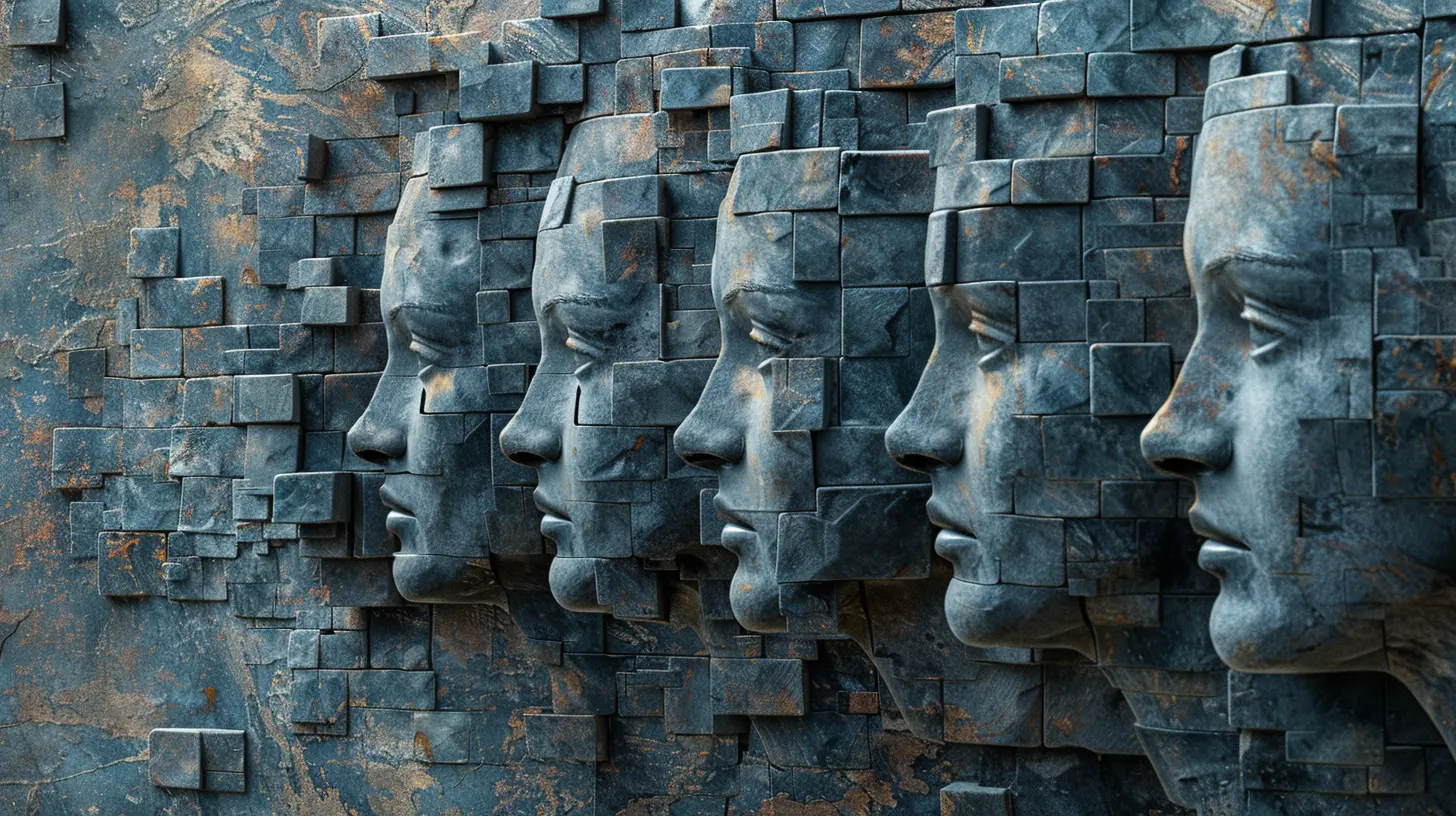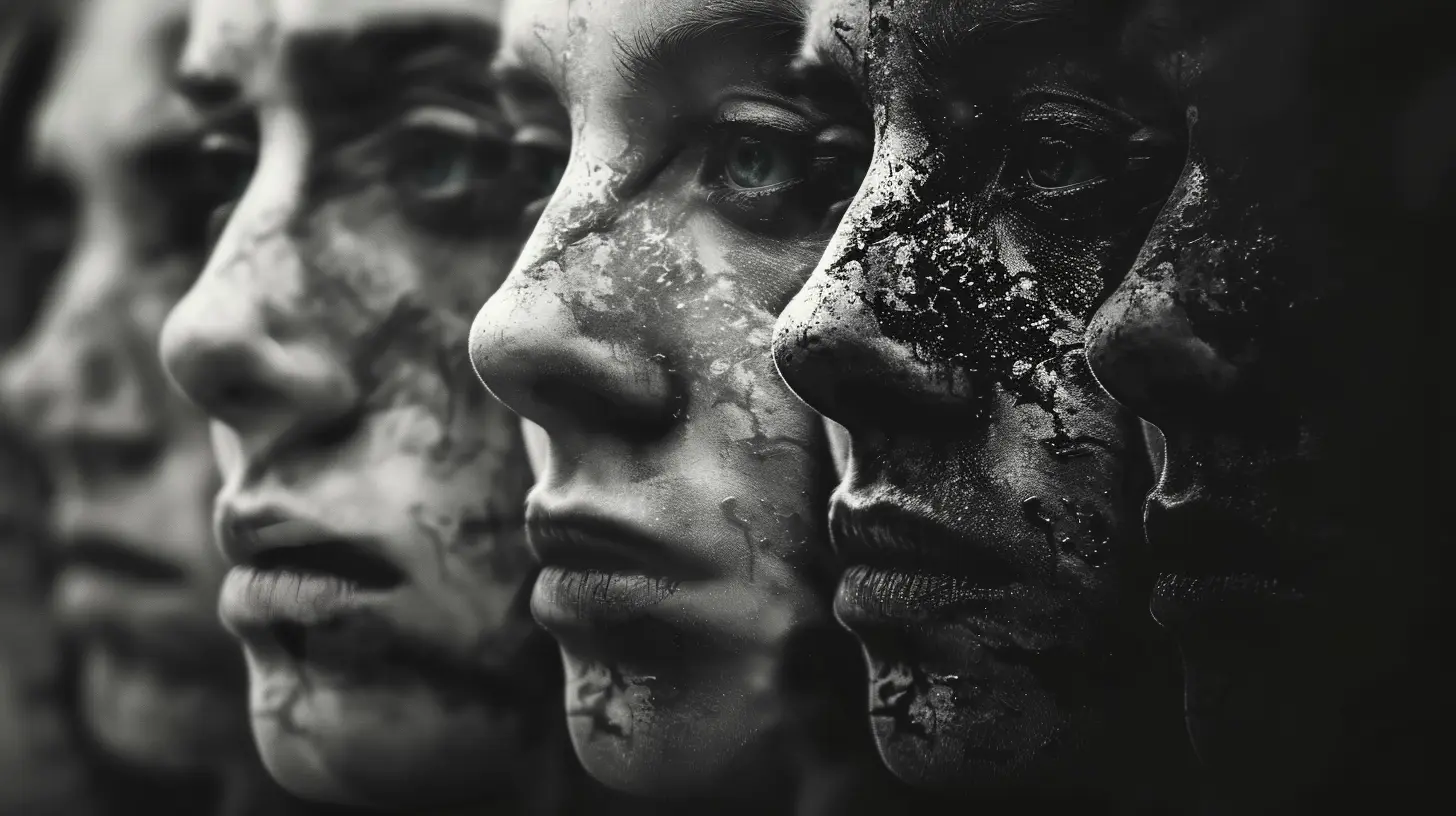Dissociative Identity Disorder: More Than Just Multiple Personalities
10 August 2025
Have you ever felt like you’re different people at different times? Maybe you’re the life of the party with friends, but quiet and withdrawn in your own thoughts. For most of us, that’s just part of being human. But for someone living with Dissociative Identity Disorder (DID), the experience goes far deeper—into a realm where identity itself feels fragmented, like shattered glass reflecting different faces.
Let’s take a poetic journey through the mind—a place of mystery, survival, and resilience. Because Dissociative Identity Disorder isn’t just a movie trope. It’s not a plot twist. It’s a real mental health condition that deserves understanding, compassion, and a fresh perspective.

What Is Dissociative Identity Disorder?
You’ve probably heard the term “multiple personalities,” right? Maybe you’ve even seen it in films or novels where characters dramatically switch identities in seconds. But while that image grabs attention, it’s not the whole story.DID is a complex psychological condition where a person’s identity is fragmented into two or more distinct personas—known as alters. Each alter may have its own name, age, voice, mannerisms, and even memories. But they’re not imaginary. They’re real parts of the person’s mind that have become separated in order to survive overwhelming trauma.
Trauma at the Core
At the heart of DID is trauma—usually chronic, severe, and occurring during early childhood. It’s like the mind’s alarm system breaks from the overload of pain. Instead of processing trauma normally, the child’s psyche splits to shield itself. One part holds the pain, another takes on daily life, another perhaps protects or nurtures.Think of the mind like a library. In a typical brain, all the books are organized on shelves—memories, emotions, thoughts. But in a person with DID, those books have been scattered across hidden rooms, and each room has its own librarian.

Misconceptions: Busting the Myths
Let’s face it—DID has been wildly misunderstood. From horror movies to crime shows, the media often portrays it inaccurately. So, let’s debunk some of the most common myths.Myth #1: People with DID are Dangerous
Nope, not true. People with DID are far more likely to harm themselves than others. They’re survivors of profound trauma, not aggressors. Violence isn’t a symptom of DID—it’s a misrepresentation that fuels stigma.Myth #2: It’s Just Acting or Attention-Seeking
This one stings. DID isn’t something that can be faked into existence. The switches between alters are involuntary and often disorienting. It’s not for show. It’s for survival.Myth #3: There’s Always a “Bad” Alter
Movies love to give you the “evil” alter. But in reality, each part (or alter) has a purpose. Some may carry pain. Others might be childlike. Some might be more assertive, or even aggressive—but not evil. They develop roles to help the system cope.
The Inner World of Alters
Imagine your life as a house. In DID, each alter lives in a different room—sometimes locked, sometimes hidden, sometimes shared. The person as a whole is often referred to as the “system.” Within that system, different alters may come forward, or “front,” during various situations.Unique Traits of Alters
Alters can differ in countless ways:- Some may be male, others female.
- They can be different ages.
- They might speak with distinct accents.
- Preferences for food, music, or fashion can vary.
- Even physical changes like posture or handwriting can shift.
It’s kind of like a patchwork quilt—stitched from different fabrics, but together forming one beautiful, if complicated, blanket of identity.

Switching: The Flow Between Selves
Switching refers to the process where one alter takes control from another. Sometimes it’s subtle—a change in posture or tone of voice. Other times, it’s more noticeable, like waking up in a different place with no memory of how you got there. These memory gaps are called "dissociative amnesia."Does it happen suddenly? Not always. Sometimes it’s triggered by stress, specific words, situations, or emotional overload. Other times it happens without a clear cause.
But remember—this isn’t about pretending. It’s more like the brain’s emergency escape hatch snapping open without warning.
Living with DID: A Daily Odyssey
Every day can feel like a journey through mirrors—some cracked, some fogged, some reflecting things you don’t recognize. People with DID often struggle with memory loss, identity confusion, anxiety, depression, and a deep sense of isolation.Things others take for granted—holding a job, maintaining relationships, even remembering your own name—can be real challenges.
But DID is not a life sentence of suffering. With support, therapy, and understanding, healing is not just possible—it’s powerful.
The Path to Healing: Integration and Cooperation
You might wonder—is the goal of therapy to make all the alters vanish into one?Not necessarily.
Healing doesn’t always mean “integration” (where all parts merge into one cohesive identity). For some systems, the goal is co-consciousness—where alters communicate and cooperate without losing their individuality. Think of it as a well-rehearsed team rather than a solo performance.
Therapy: The Safe Harbor
The most effective treatment for DID is long-term psychotherapy, particularly trauma-informed therapies like:- EMDR (Eye Movement Desensitization and Reprocessing)
- Internal Family Systems (IFS)
- Cognitive-Behavioral Therapy (CBT)
- Dialectical Behavior Therapy (DBT)
The therapist becomes a guide, helping the person explore their inner world, build trust between alters, process trauma, and develop coping tools.
Medication can help manage related symptoms like anxiety or depression, but it doesn’t “cure” DID. Because again—DID isn’t the problem. Trauma is.
Real People, Real Stories
Let’s pause the clinical talk for a moment.Behind every diagnosis is a human being. A soul carrying the weight of many selves.
Some people with DID are parents. Some are students. Writers. Activists. Therapists. Creatives. Survivors.
And many of them are bravely sharing their stories online and in books to spread awareness. They’re not broken—they’re brilliant in a way the world is still learning to see.
How to Support Someone with DID
So what can you do if someone you know has DID?Start with empathy, not judgment.
Here are a few gentle tips:
- Believe them. Don’t minimize or dismiss their experience.
- Use the language they prefer. If they call themselves a “system,” use that term.
- Listen actively. Sometimes, just having someone stay present is enough.
- Understand boundaries. Some alters may not want to talk. That’s okay.
- Encourage therapy. But never force it.
And most of all—remember that they’re doing the best they can with a brain that went through too much, too early.
DID in Pop Culture: The Double-Edged Sword
From Split to Mr. Robot to United States of Tara, DID has captured Hollywood’s imagination. And while this visibility can help raise awareness, it also distorts reality.These portrayals often focus on the dramatic—not the day-to-day reality. They overlook the trauma. They sensationalize the symptoms. And they forget the person behind the diagnosis.
Let’s not let fiction overshadow facts.
The Takeaway: Wholeness Is Not About Perfection
At its core, Dissociative Identity Disorder is not madness. It’s a brilliant, albeit painful, adaptation. It’s the mind’s way of surviving when nothing else worked.Rather than seeing DID as a flaw, we might see it as a story of fierce resilience—a tapestry of selves, each born from the need to protect and endure. Not broken. Just reorganized for survival.
Yes, it’s complicated. Yes, it’s messy. But it’s also deeply human.
And maybe, just maybe, that’s what makes it so worth understanding.
Frequently Asked Questions About DID
Is DID the same as schizophrenia?
Nope. They’re totally different conditions. Schizophrenia involves symptoms like delusions and hallucinations. DID involves identity disruption and dissociation, usually due to trauma. They get confused often, but they’re distinct.Can kids have DID?
Yes, though it's rare and often hard to diagnose. Symptoms usually begin in childhood, but the actual diagnosis tends to show up later when behaviors become more noticeable.Can someone with DID live a normal life?
Absolutely. With the right support and therapy, many people with DID lead fulfilling, stable lives. They might just do it a little differently—and that’s okay.Final Thoughts: Embracing the Multiplicity
We are all multitudes. We shift, we change, we adapt. Dissociative Identity Disorder simply takes this to another level—where the mind, in all its complexity, creates portals of protection.Let’s change the narrative. Let’s move from fear to understanding, from stigma to support. Because those living with DID aren't just surviving trauma—they're living proof of the human mind’s incredible power to adapt, protect, and persevere.
And that? That’s more than just multiple personalities.
all images in this post were generated using AI tools
Category:
Psychological DisordersAuthor:

Nina Reilly
Discussion
rate this article
1 comments
Zevonis Sheppard
This article insightful highlights the complexities of Dissociative Identity Disorder, emphasizing that it's not just multiple personalities, but a profound response to trauma and survival.
August 20, 2025 at 4:28 AM

Nina Reilly
Thank you for your thoughtful comment! I'm glad you found the article insightful in highlighting the deeper aspects of Dissociative Identity Disorder.


